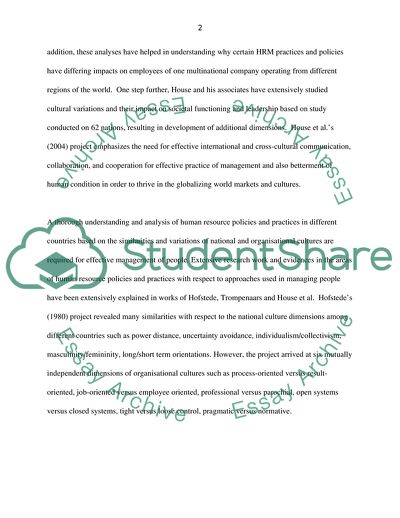Cite this document
(The Impact of Culture on Business and Management in Different Cultural Research Paper, n.d.)
The Impact of Culture on Business and Management in Different Cultural Research Paper. Retrieved from https://studentshare.org/human-resources/1735978-international-human-resource-managment
The Impact of Culture on Business and Management in Different Cultural Research Paper. Retrieved from https://studentshare.org/human-resources/1735978-international-human-resource-managment
(The Impact of Culture on Business and Management in Different Cultural Research Paper)
The Impact of Culture on Business and Management in Different Cultural Research Paper. https://studentshare.org/human-resources/1735978-international-human-resource-managment.
The Impact of Culture on Business and Management in Different Cultural Research Paper. https://studentshare.org/human-resources/1735978-international-human-resource-managment.
“The Impact of Culture on Business and Management in Different Cultural Research Paper”. https://studentshare.org/human-resources/1735978-international-human-resource-managment.


